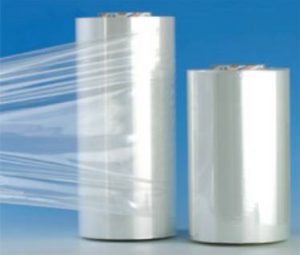
What can I do to make my tray load more effective?
What are we going to do when we try to effectively package my tray load? Isn’t this just the theoretical tray load, but the one sitting in front of me? Is that the one on the dock floor?
The typical question that our team asks every day is this. In fact, these questions include key questions such as:
What are the containment forces that we need? What should we do if we want to do this? What should we do if we want to prevent the load from being distorted or broken?
May is very important to chemists and technicians is film resins and additives, but also has a problem, the person responsible for delivery of tray the correct and no damage to the issue is a question of “how to do this”, because “why people say that the film is designed with a chemical element”.
We can look at it from a practical point of view. In fact, today’s stretch film is surrounded by many aspects, such as:
The first aspect is the balance between the work packaging force and the film layer.
The second balance problem is between the thin film layer and the throughput.
Third, the impact of the rupture of the project film on the package force and control (24/7 sustainable packaging force).
Fourth, if you reduce the size of the film or increase the pretension, you will have an impact on the package force, control, throughput, and film costs.
Now we’re going to look at each of these issues.
The first is the balance between the packing force and the stretch film
For each payload, they have a “correct” containment, and its weight and stability are determinants. The actual shipping experience is the best deterrent information, but if there is no data, there are some useful guidelines.